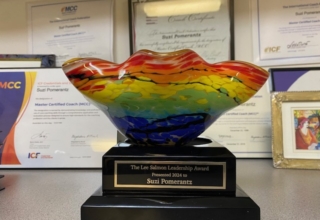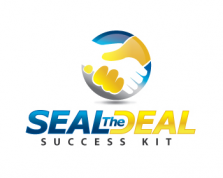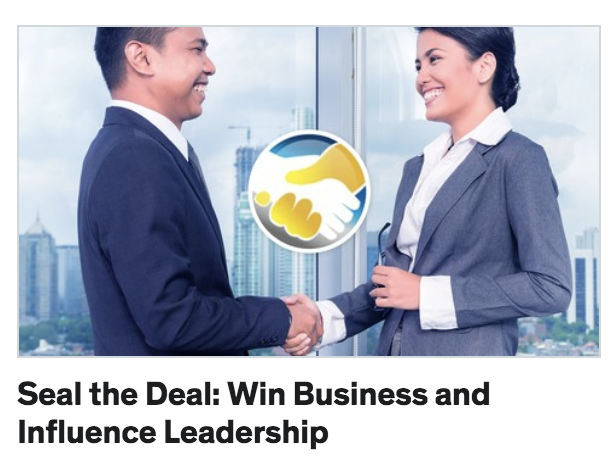
Case Exploration Two: Coaching has been proven effective, but is not yet embedded. How does this coach extend the reach of coaching without over-extending herself?
“Danielle” is also with a large global consulting firm, a partnership that has recently gone public. Coaching is viewed in the firm as what we would call ‘mentoring’: either ‘a senior person transferring skills and knowledge to a junior person’, or ‘giving corrective feedback.’ Her vision is to transform the culture through coaching and a coach-approach to business. Danielle has garnered senior executive support for providing individual coaching services to senior executives (partners) who were selected for a pilot executive coaching program, as well as group workshops with leadership development training for the top tier of high potential executives throughout the organization worldwide. Danielle’s goal is to become ‘head coach’ for the firm—tying together multiple, disparate coaching initiatives under one umbrella with a standard set of operating principles and a consistent philosophy.
Two years ago, Danielle founded a Coaching Community of Practice (CoP) to identify and mentor internal coaches/coaches-in-training. The Coaching CoP created coaching standards, best practices, a program design and development toolkit, and coach selection criteria. Despite the retirement of the business unit managing partner who sponsored the original coaching pilot, Danielle continued the coaching program for nearly two years past the sponsor’s retirement. Danielle had gathered ROI data which demonstrated bottom line impact of the senior executive coaching program. Business unit leaders from throughout the firm provided substantial support, and the coaching work received exceptional ratings (average score of 5 out of 5 across quantitative measures of individual coaching, workshop ratings averaging 9.8 across a 10-point scale, and a 10% higher sales win rate among coached partners versus non-coached peers). ROI data were compelling enough that, in an unprecedented move, the global HR lead for the business unit created a headcount for Danielle. Over the previous year, Danielle had conducted group sessions throughout the organization, leveraging a consistent coaching model and philosophy. Her next move was to tie together these coaching initiatives under one global, firm-wide coaching umbrella, expanding her global business unit role to reach across all business units firm-wide.
Danielle also came to the group with a specific set of concerns, including how to shift the already understood definition of coaching and how to expand the firm’s professional coaching services as a means to create a coaching culture. She posed to the larger group two specific questions: How to answer business issues of the scalability, affordability, quality, and consistency of coaching? And, to garner sponsorship and support, what research argues that culture change through a coach-approach produces an acceptable ROI?
Co-Coaching plus Empty Chair: The remaining half of the Symposium participants adopted the same model as with Jake’s group. Danielle was the client, three coaches took chairs 1-3, and the fourth chair was left for any of the remaining participants to step in as they saw an opportunity. Again, this model brought a rich variety of experiences and skills to bear in a focused, time-limited form.
Through a series of questions, Danielle reframed and refined her ideas about how to create a coaching organization and address critical business needs. Her co-coaching team supported her in identifying the following leadership imperatives:
• Create an alliance with the CFO, and specifically make empirical links between coaching, employee engagement, organizational performance, and financial benefit.
• Address the internal resistance to coaching either directly or indirectly through making the coaching momentum irresistible in the organization.
• Push for new role as ‘Chief Engagement Officer’ to indicate impact of coaching on a key business metric (employee engagement)
• Rally senior executive coachees and sponsors of group sessions to be vocal supporters of the vision.
Download Article 1K Club


















